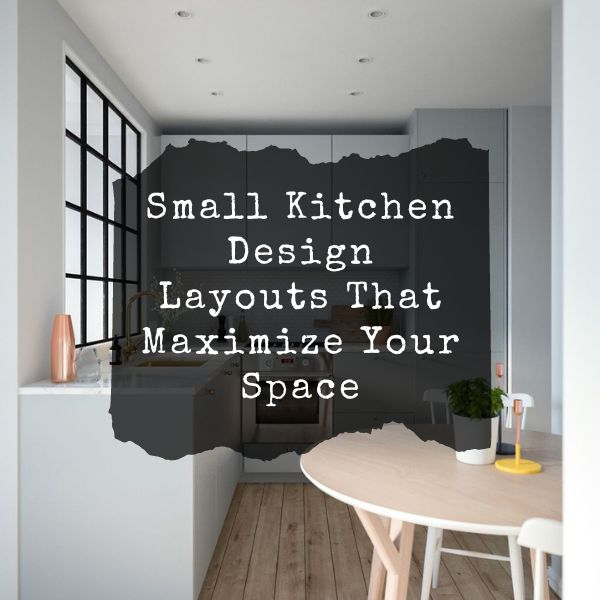Small kitchen design is an essential aspect of home design, especially for those with limited space. Whether you live in a studio apartment, a small house, or just have a compact kitchen, making the most of your available space is crucial. With the right design and layout, even the smallest kitchen can feel spacious and functional. From clever storage solutions to space-saving appliances, there are many ways to maximize the potential of your small kitchen.
In this article, we will explore various small kitchen design layouts that can help you create a stylish, efficient, and practical kitchen that meets your needs. So, let’s dive in and discover the best ways to optimize your small kitchen space.
Table of Contents
Small Kitchen Design Tips
Certainly! As a kitchen design expert, I would love to share some insights and ideas for small kitchen design. Small kitchens can be challenging to work with, but they also offer unique opportunities for creativity and efficiency. The key to successful small kitchen design is to make the most of every inch of space, while still maintaining a functional and attractive layout.
When it comes to small kitchen design layouts, the key is to maximize the space you have available. While it may seem like a daunting task, with a little bit of planning and creativity, you can make the most out of even the tiniest kitchen. In this article, we’ll share some practical tips and ideas to help you create a functional and stylish kitchen that meets your needs.
Assess Your Needs and Priorities

Before you start designing your small kitchen, it’s important to assess your needs and priorities. What are your cooking habits? Do you entertain guests often? How much storage space do you need? By answering these questions, you’ll be able to determine what features and appliances you need in your kitchen, and how to arrange them for maximum efficiency.
Consider an Open Layout
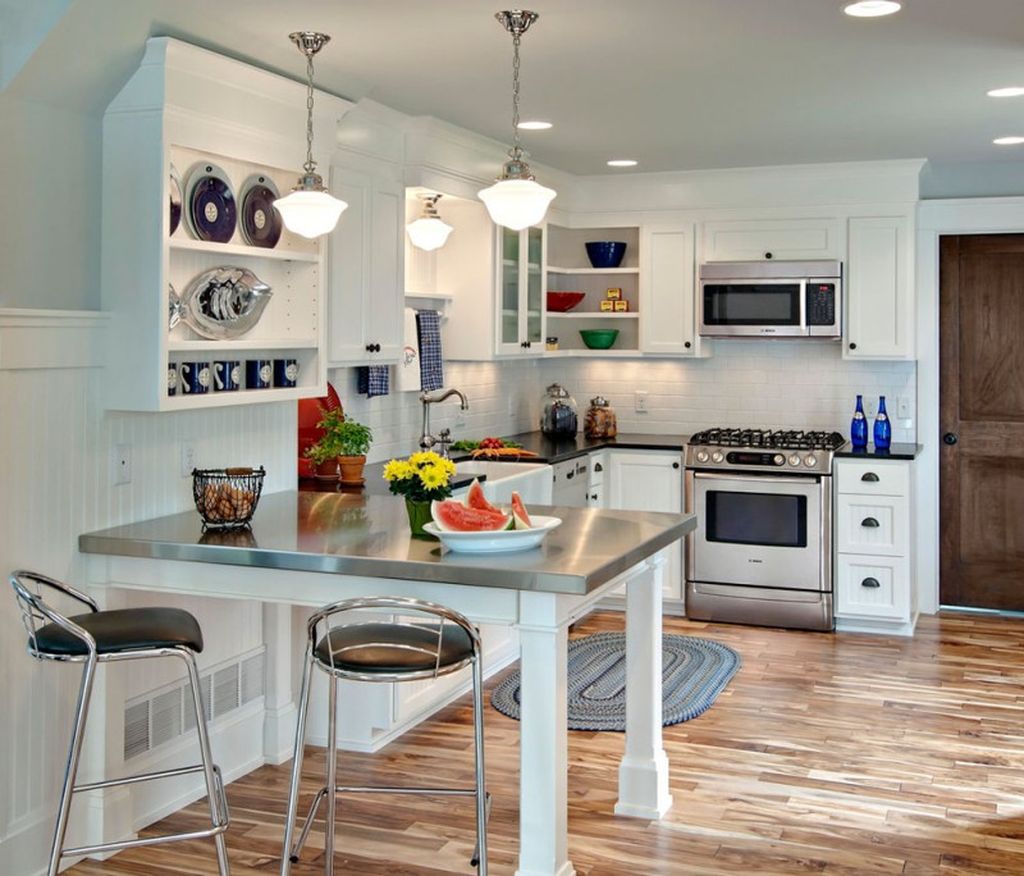
In small kitchen design, an open layout can make a big difference. By removing walls or partitions, you can create a more spacious and airy feel. This will also make it easier to move around and access different areas of the kitchen. If you’re concerned about noise and smells from cooking, you can install a range hood or a ventilation system to keep your kitchen fresh and clean.
Optimize Your Storage Space

In a small kitchen design, storage space is a premium. To make the most out of your cabinets and drawers, consider installing pull-out shelves, lazy susans, or other organizational systems. You can also use vertical space by installing shelves or hooks on your walls. Don’t forget to make use of the space above your cabinets, too. You can store items that you don’t use often, such as seasonal appliances or decorative items.
Choose the Right Appliances
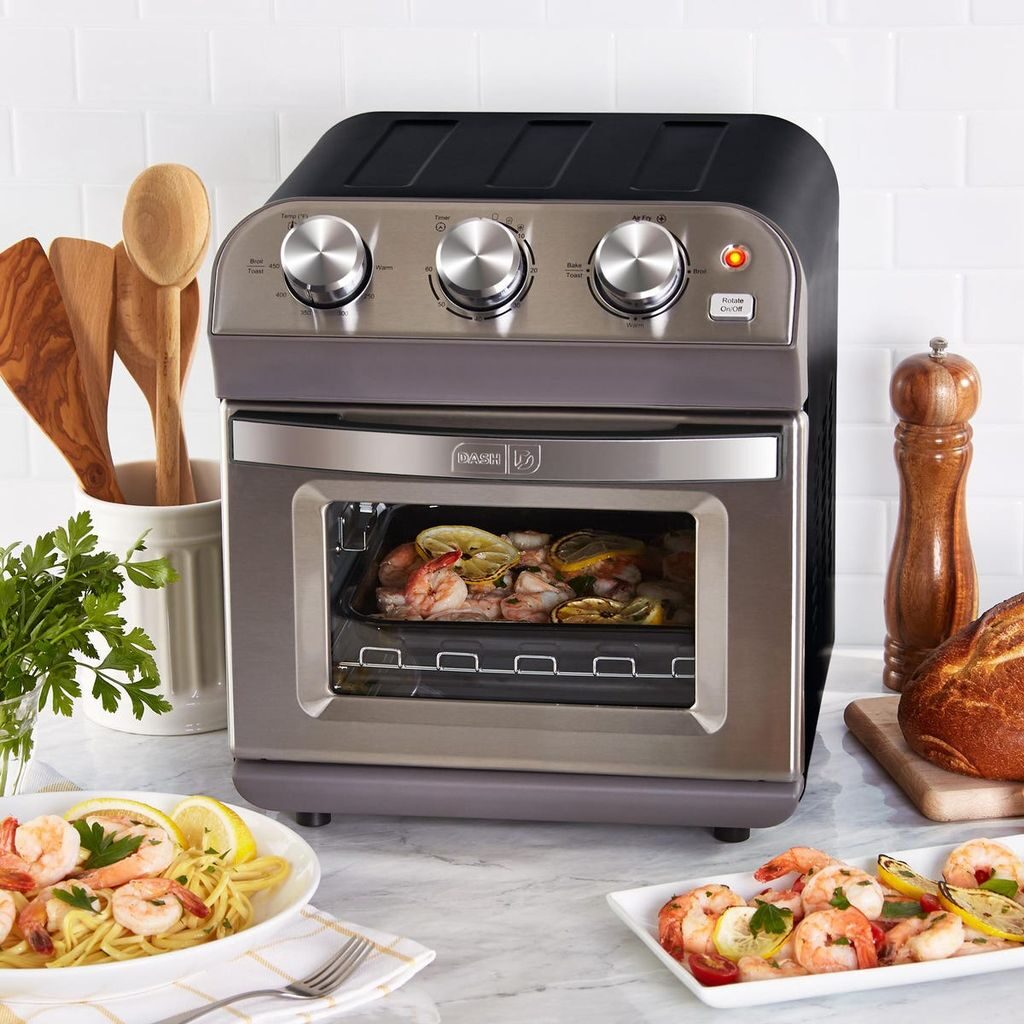
When it comes to appliances, choose ones that are compact and efficient. Look for slim refrigerators, narrow dishwashers, and smaller ovens and stovetops. If you’re short on counter space, you can also consider installing a built-in microwave or a toaster oven. Before you make any purchases, measure your space carefully to ensure that your appliances will fit.
Add a Kitchen Island
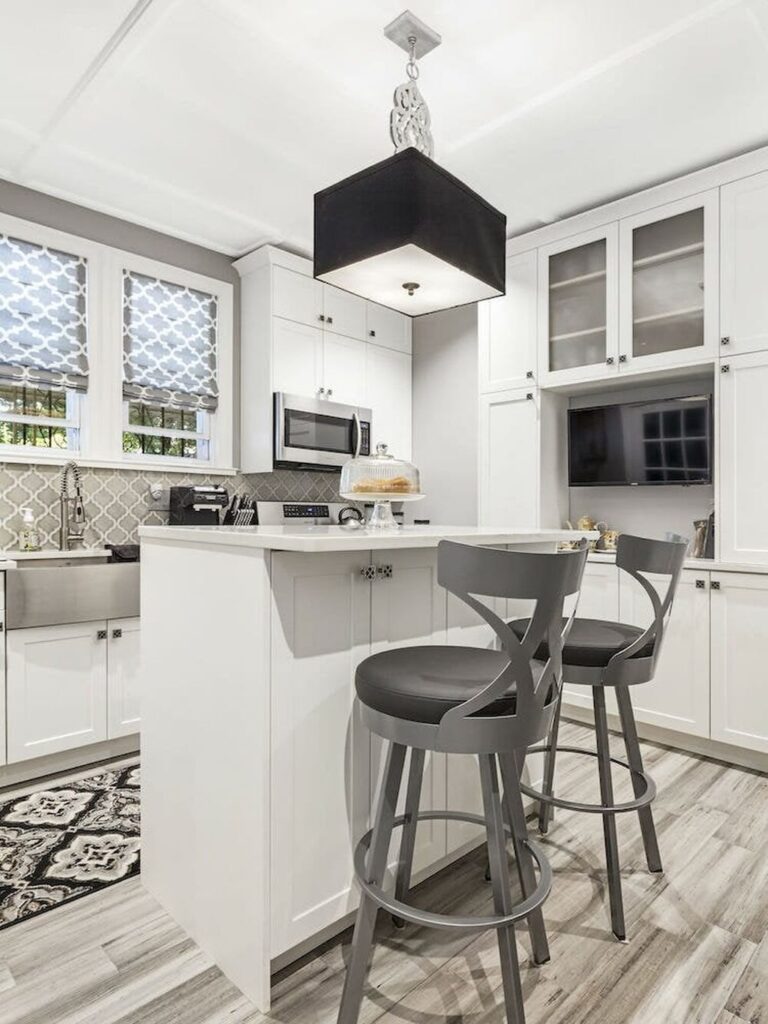
While it may seem counterintuitive, a kitchen island can actually be a great addition to a small kitchen design. It can provide extra counter space for food preparation, as well as storage space for pots, pans, and other cooking utensils. You can also use the island as a casual dining area, with bar stools or chairs. If you’re short on space, look for a compact or mobile island that you can move around as needed.
Use Light and Color to Create the Illusion of Space
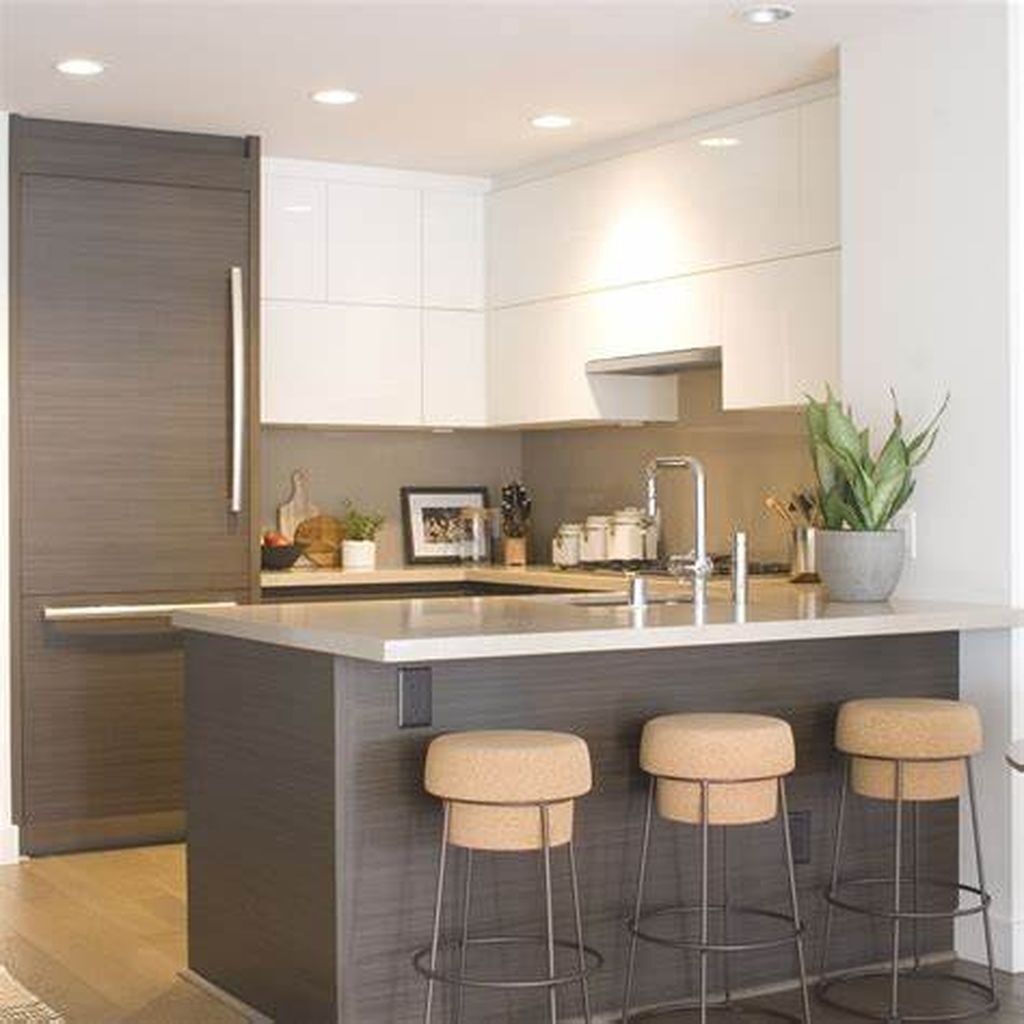
Light and color can have a big impact on the look and feel of a small kitchen design. To create the illusion of space, use light colors on your walls and cabinets. You can also install under-cabinet lighting to brighten up your work surfaces. If your kitchen doesn’t have much natural light, consider installing a skylight or a larger window to let in more sunlight.
Be Creative with Your Backsplash
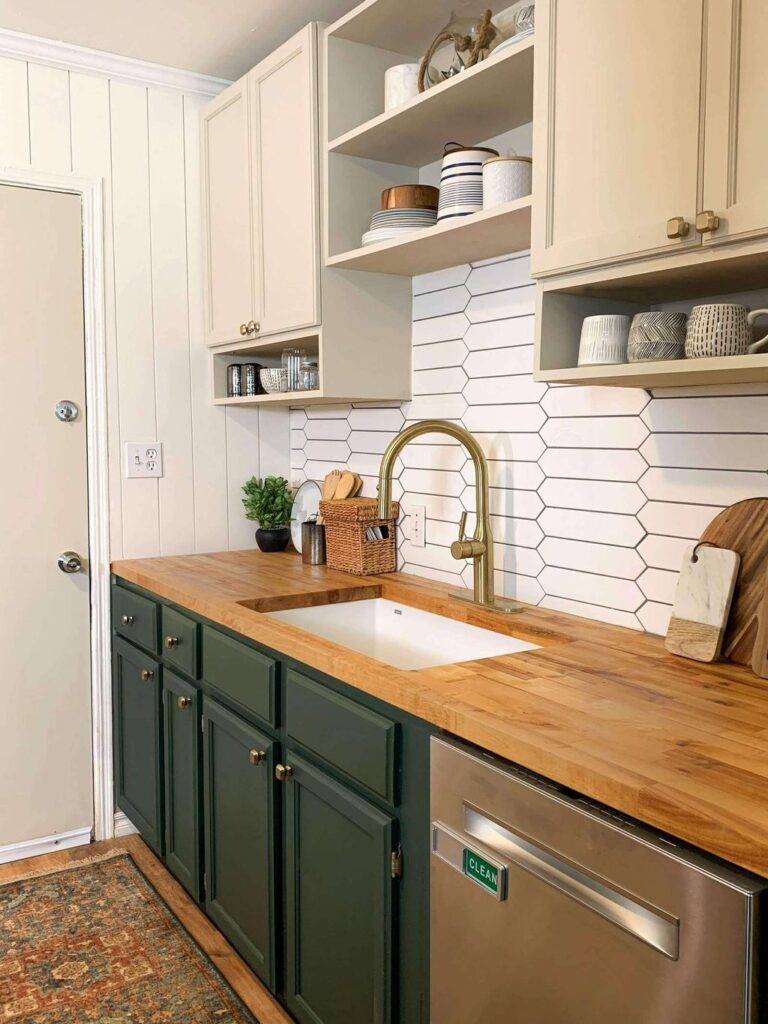
Your backsplash is a great opportunity to add some personality and style to your small kitchen design. Consider using patterned or colorful tiles, or even a bold wallpaper. Just be sure to choose a material that is easy to clean and maintain.
Invest in Quality Materials and Finishes
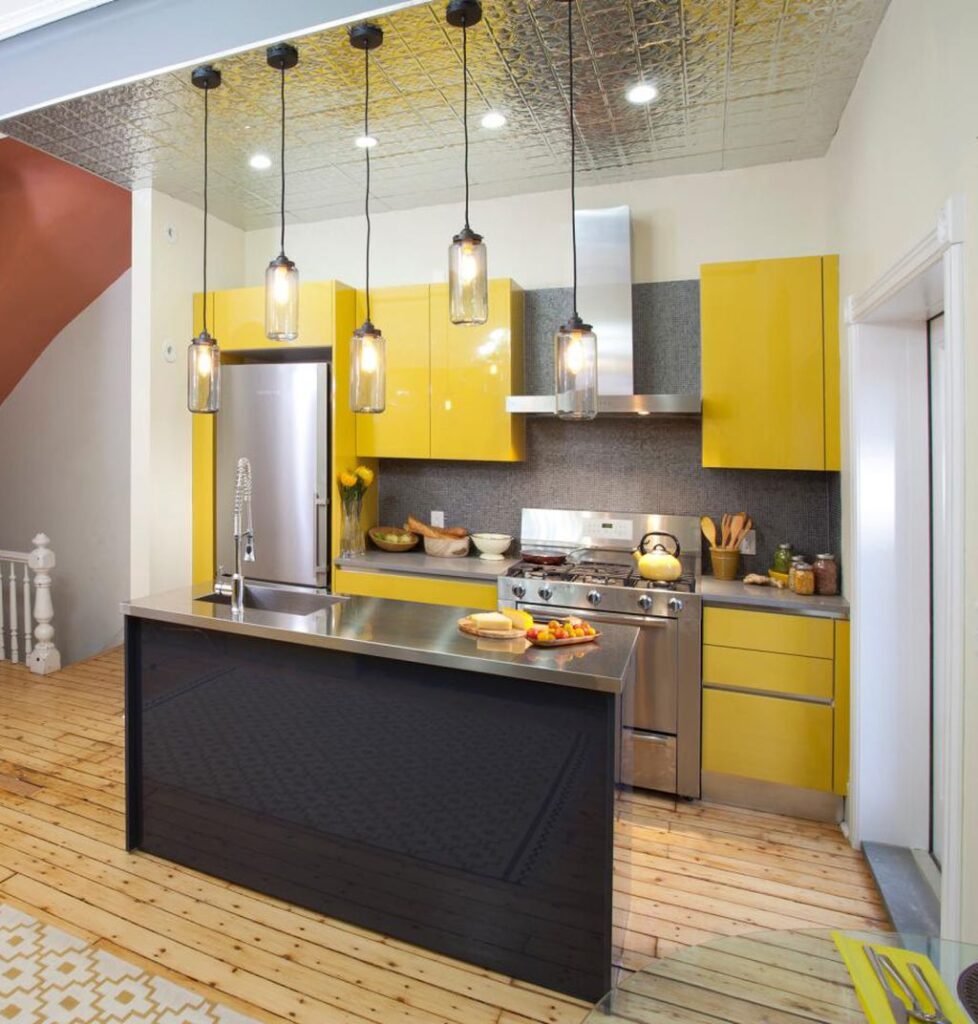
In a small kitchen design, every detail counts. To make your kitchen look and feel more luxurious, invest in quality materials and finishes. Choose durable countertops, such as quartz or granite, and high-quality hardware, such as knobs and pulls.
Kitchen Models and Layouts That Suitable for Small Kitchens
There are many different kitchen models and layouts that can be suitable for small kitchen design. Here are a few examples:
One-wall kitchen

In a one-wall kitchen, all of the appliances, cabinets, and countertops are arranged along a single wall. This can be a good option for very small kitchen design where space is at a premium.
One-wall kitchens have both advantages and disadvantages when it comes to small kitchen design. Here are some of the pros and cons of this layout:
Pros:
- Space-saving: One-wall kitchens take up minimal space, making them ideal for small homes or apartments.
- Efficient: With everything arranged along a single wall, one-wall kitchens are highly efficient and easy to navigate.
- Cost-effective: This layout requires fewer materials and appliances, which can be more budget-friendly than other kitchen layouts.
- Easy to clean: Since everything is in one line, one-wall kitchens are easy to clean and maintain.
Cons:
- Limited counter and storage space: One-wall kitchens have limited counter space and storage, which can make it difficult to prepare meals or store kitchen equipment.
- Limited design options: Since the layout is fixed, there are fewer design options to choose from, which can make it difficult to customize the kitchen to your personal tastes.
- Limited space for multiple cooks: If more than one person is using the kitchen, it can be difficult to move around without getting in each other’s way.
Galley kitchen
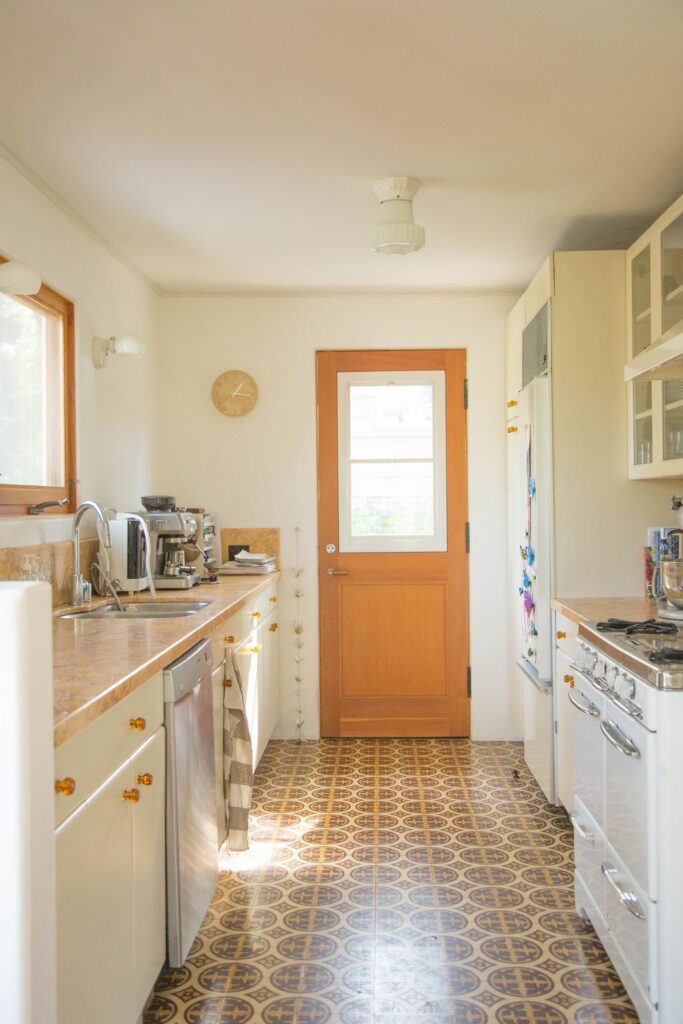
A galley kitchen features two parallel walls of cabinets and appliances, with a narrow walkway in between. This can be a good option for small kitchen design that need a lot of storage and counter space.
Galley kitchens, also known as corridor kitchens, are designed to optimize space in a narrow area. Here are some pros and cons to consider when deciding if a galley kitchen is right for you:
Pros:
- Efficient use of space: Galley kitchens are ideal for small spaces or apartments, as they can maximize the use of available space. The layout is designed to minimize wasted space and provide an efficient workflow, with everything in reach.
- Easy to clean: With everything within reach, galley kitchens are often easy to clean and maintain.
- Safety: A galley kitchen can be a safer option for families with children, as it limits the number of people who can enter the kitchen and provides a more controlled environment.
Cons:
- Limited space: While a galley kitchen is efficient, it can feel cramped and limit the number of people who can use the kitchen at one time. This can be a challenge for families who like to cook or entertain together.
- Limited storage: Due to the limited space, storage can also be an issue in a galley kitchen. It may be necessary to get creative with storage solutions to make the most of the space available.
- Lack of natural light: Because galley kitchens are typically located in the center of the home, they often lack natural light. This can make the space feel dark and closed-in. It may be necessary to install additional lighting to brighten up the space.
L-shaped kitchen
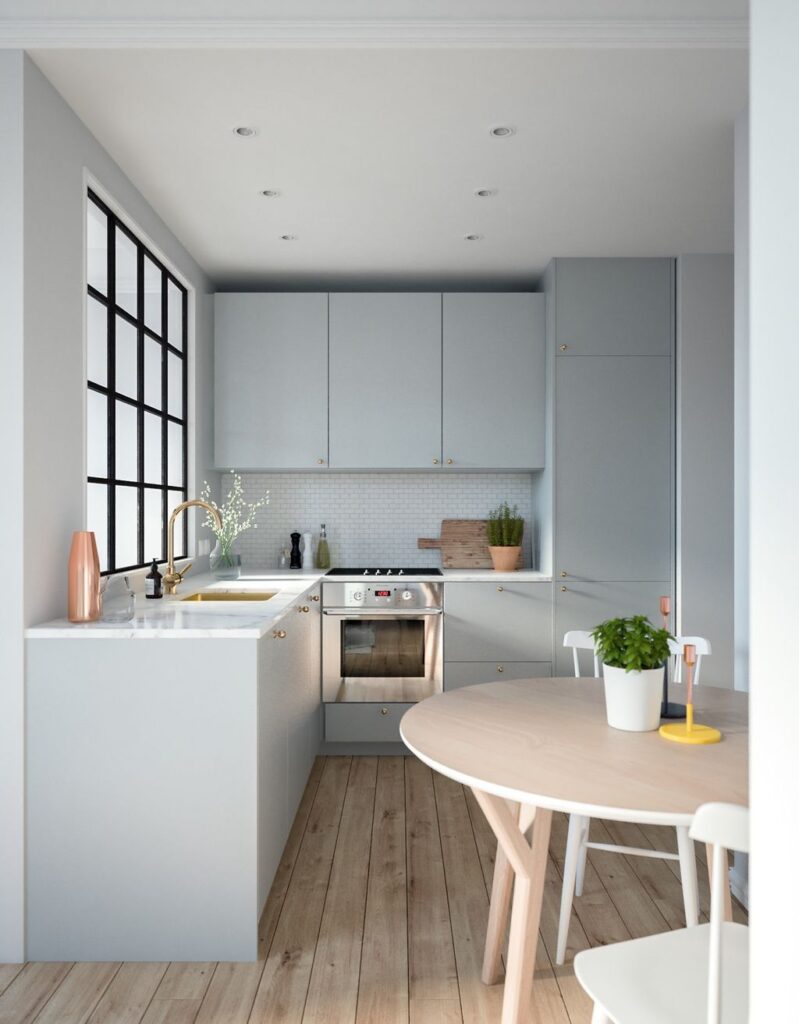
In an L-shaped kitchen, cabinets and appliances are arranged along two adjacent walls, with a corner at the intersection. This can be a good option for small kitchen design that need to maximize corner space.
L-shaped kitchens are a popular kitchen layout that features two adjacent walls at a right angle, forming an L shape. Here are some pros and cons of L-shaped kitchens:
Pros:
- Efficient use of space: L-shaped kitchens are great for maximizing space, as they can be designed to fit into small or large areas, making them a popular choice for apartments and small homes.
- Plenty of counter space: The L shape allows for a lot of counter space, which can be useful for cooking and food preparation.
- Versatility: The L-shaped kitchen layout can be modified and customized to fit different design styles and preferences, making it a versatile option for different homes and individuals.
- Open-concept design: L-shaped kitchens can easily be integrated into an open-concept design, which is becoming more popular in modern homes.
Cons:
- Limited traffic flow: The L shape can sometimes create a bottleneck, especially if there is only one entrance to the kitchen, making it difficult for multiple people to move around the space at the same time.
- Limited storage: Depending on the size of the kitchen, an L-shaped layout may not provide enough storage space, which can be a problem for individuals with large kitchens or those who require a lot of storage space.
- Limited seating: An L-shaped kitchen may not provide enough seating, which can be a problem for those who entertain frequently or have a large family.
- Potential for awkward corner spaces: Depending on the design and layout, L-shaped kitchens can sometimes create awkward corner spaces that are difficult to access and utilize effectively.
U-shaped kitchen

In a U-shaped kitchen, cabinets and appliances are arranged along three walls, creating a U shape. This can be a good option for small kitchen design that need a lot of storage and counter space.
A U-shaped kitchen is a kitchen layout that features cabinetry and countertops that create a U-shape, with three walls of cabinets and appliances surrounding the cook. Here are some pros and cons of this kitchen layout:
Pros:
- Plenty of storage: U-shaped kitchens offer plenty of storage space, with cabinetry and countertops on three walls.
- Efficient workflow: The U-shape allows for an efficient workflow, with everything within easy reach.
- Room for multiple cooks: The U-shape provides enough space for multiple cooks to work at the same time.
- Space for seating: With the open end of the U-shape, there is often space for a small table and chairs, creating an eating area within the kitchen.
Cons:
- Can be cramped: Depending on the size of the kitchen, a U-shaped layout can feel cramped, especially if there is limited counter space.
- Can be expensive: With three walls of cabinetry and countertops, a U-shaped kitchen can be more expensive to install than other layouts.
- Limited natural light: Depending on the location of the kitchen, the U-shape can block natural light from entering the space.
- Limited flexibility: The U-shaped layout is not very flexible, so it can be difficult to rearrange appliances and cabinetry once they are installed.
Peninsula kitchen
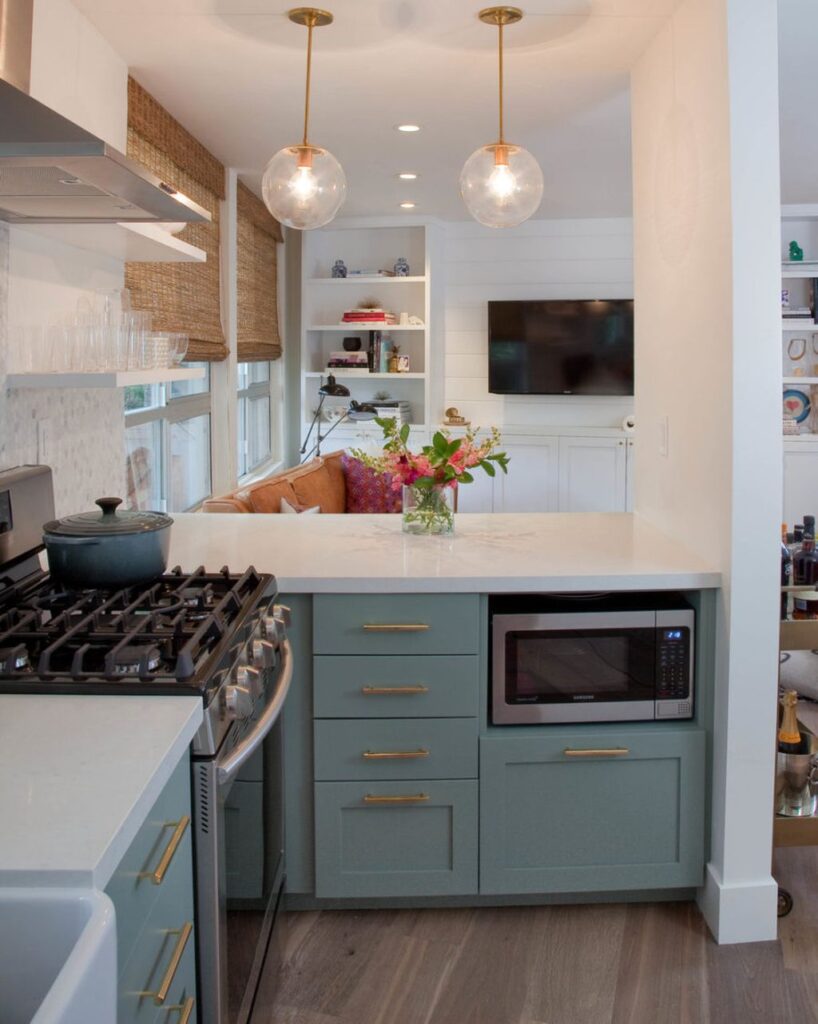
A peninsula kitchen features a partial fourth wall that juts out from one of the main walls, creating an L-shaped layout with an open end. This can be a good option for small kitchen design that need a little extra counter space or a small eating area.
A peninsula kitchen is similar to an L-shaped kitchen, but it has an additional section of cabinets and countertop that extends from one of the walls. Here are some pros and cons of a peninsula kitchen:
Pros:
- Additional counter and storage space: The peninsula provides extra counter space and cabinets for storage, making it easier to cook and organize kitchen items.
- Open layout: A peninsula kitchen can provide a more open layout than an island or one-wall kitchen, while still separating the kitchen from other living spaces.
- Versatile: The peninsula can be used for various functions, such as a breakfast bar or additional workspace for cooking.
Cons:
- Limited space: A peninsula kitchen requires more space than other kitchen layouts, which may not be feasible for smaller kitchens.
- Traffic flow: The peninsula can obstruct the flow of traffic in the kitchen and may make it more difficult to move around.
- Limited seating: While the peninsula can provide additional seating, it is often limited and may not accommodate larger groups or gatherings.
When choosing a kitchen model for a small space, it’s important to consider how it will fit into the overall layout of your home and how it will function in the context of your daily routine.
